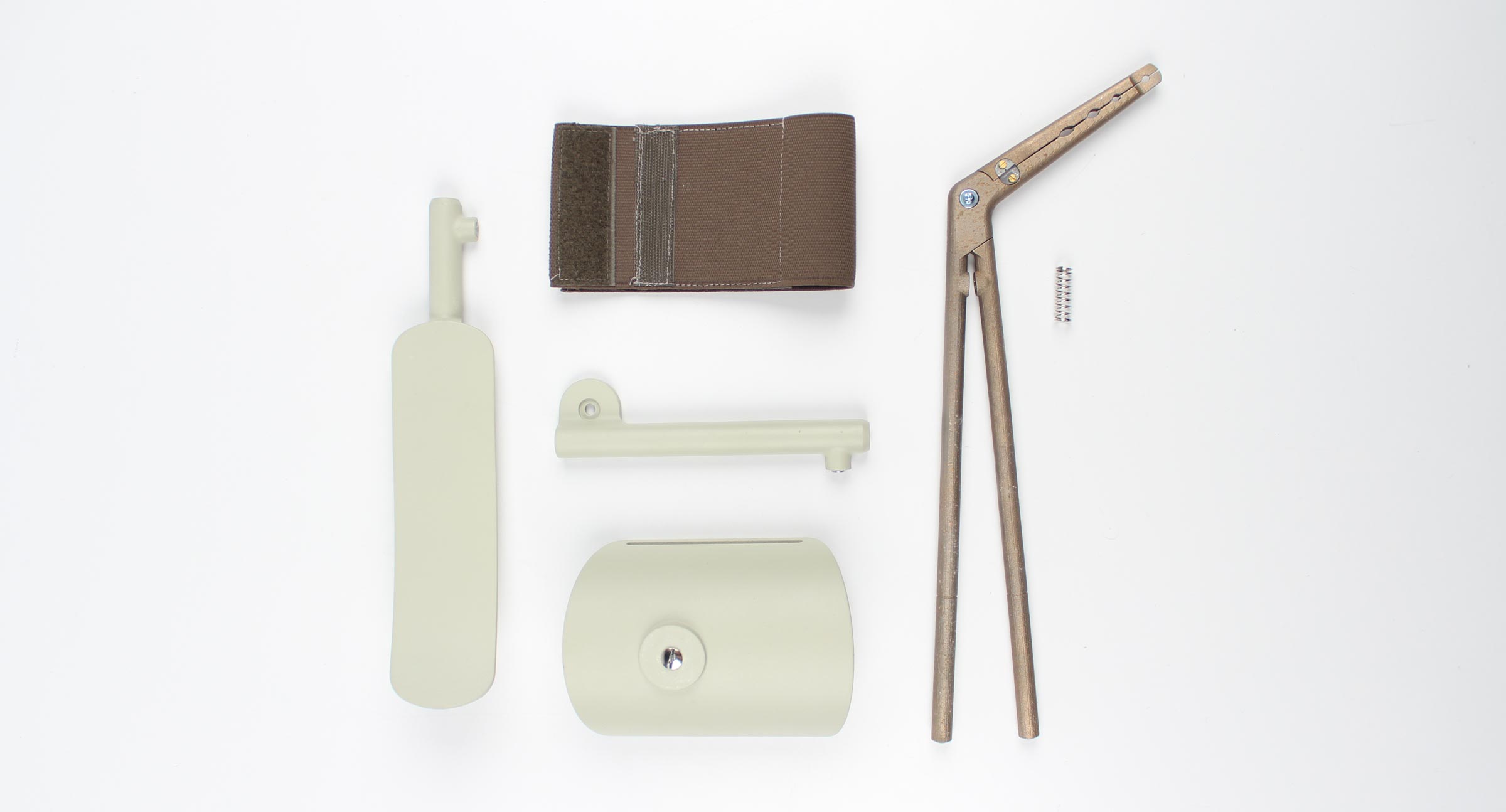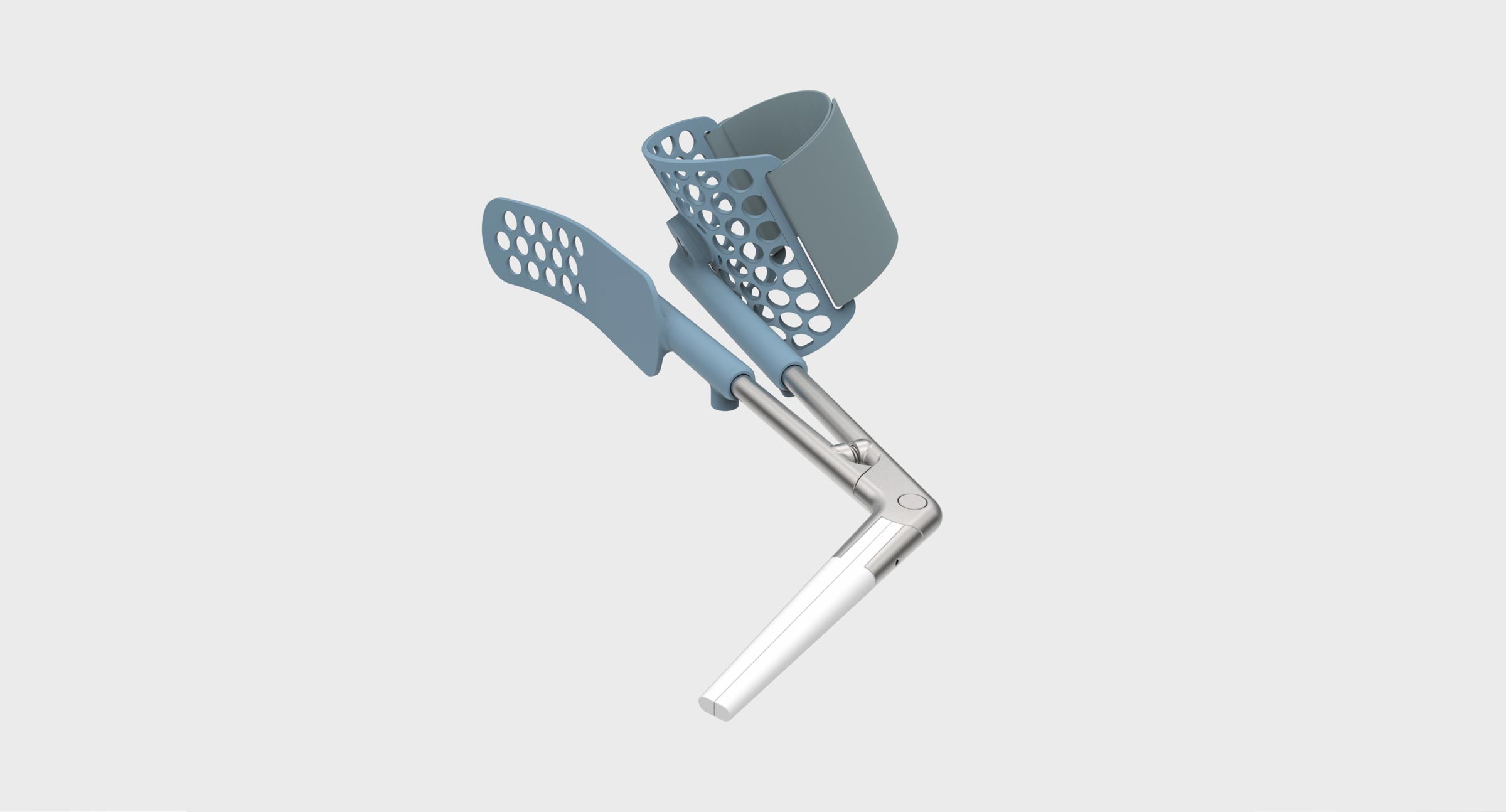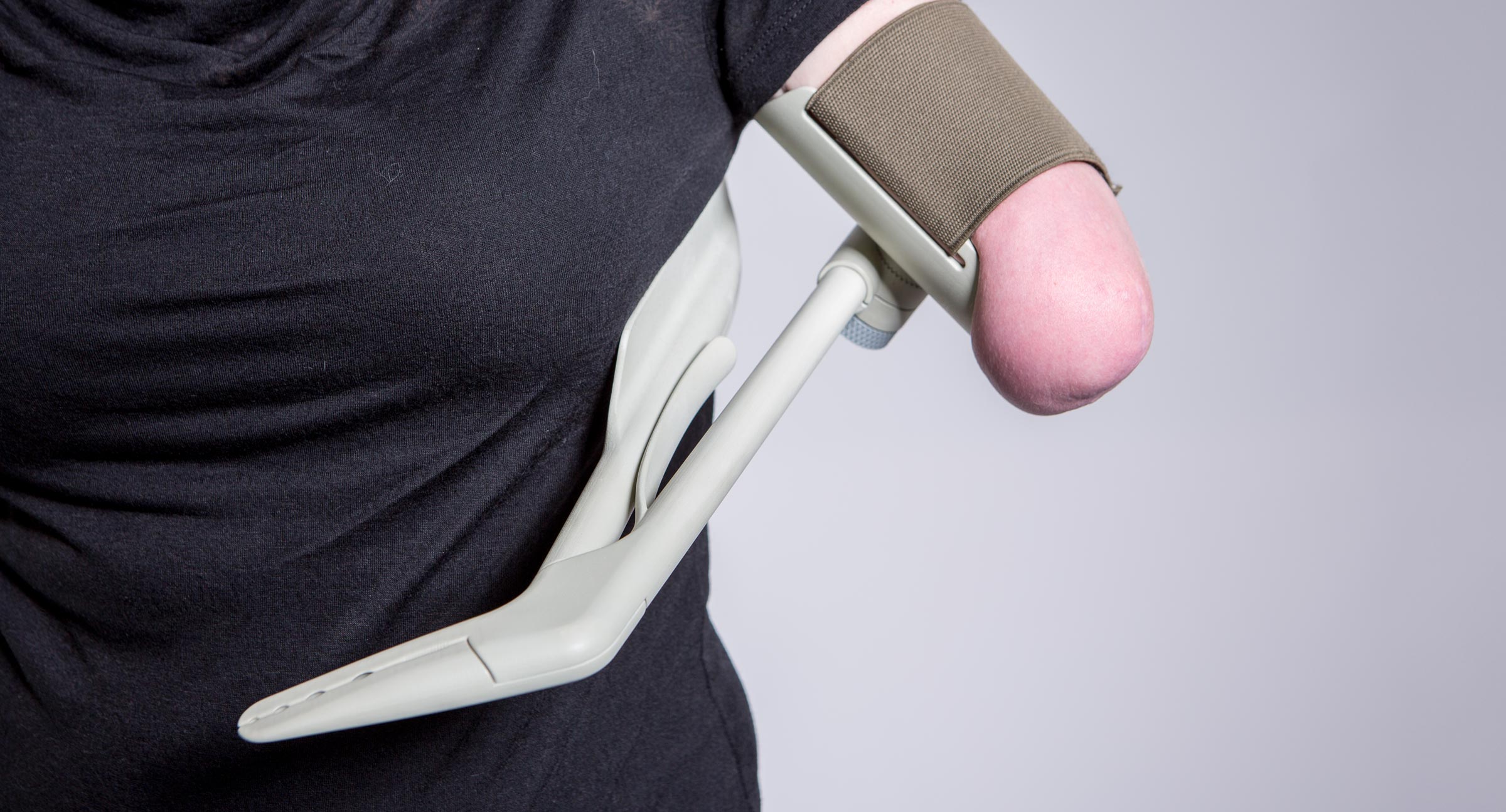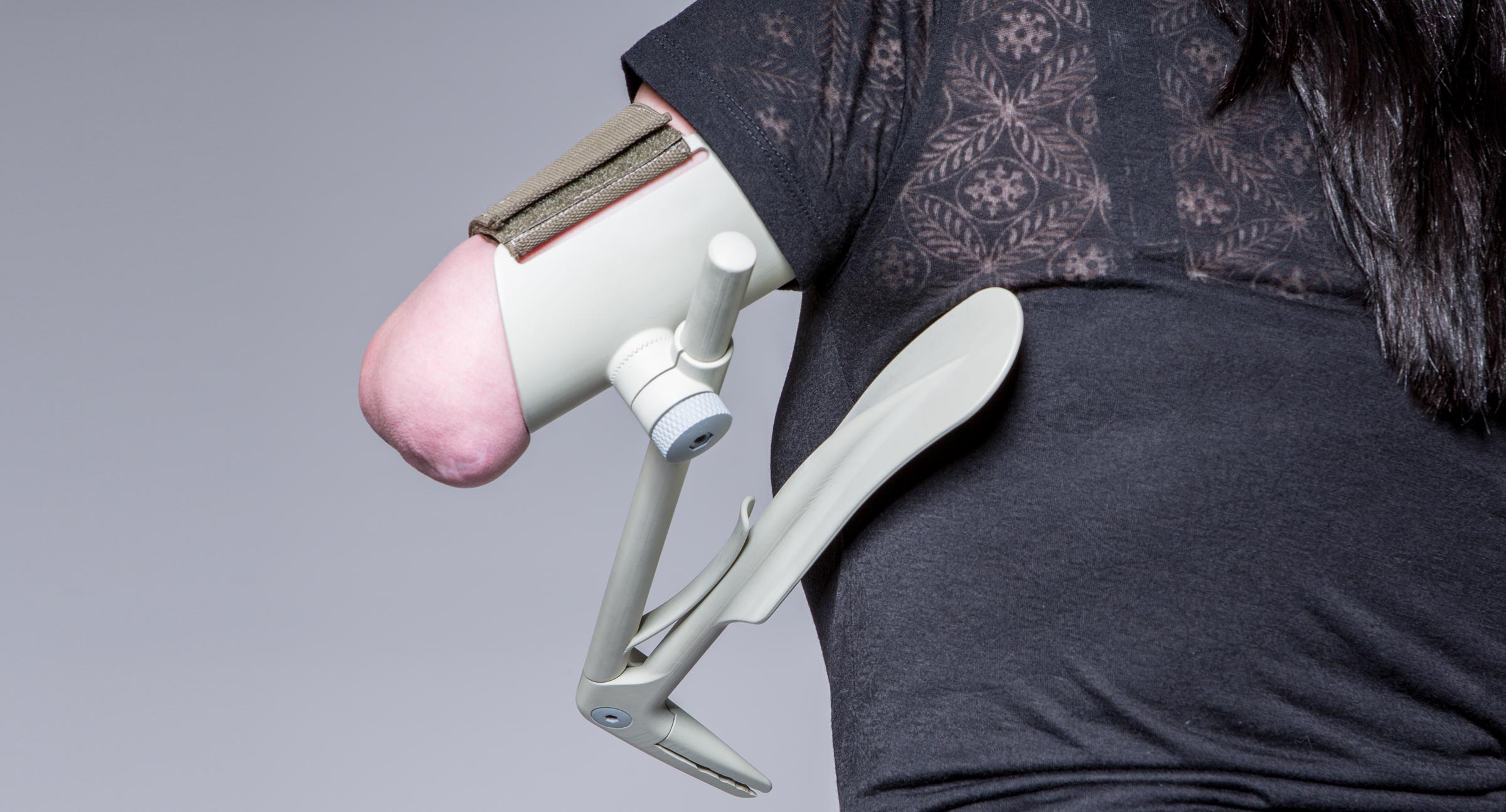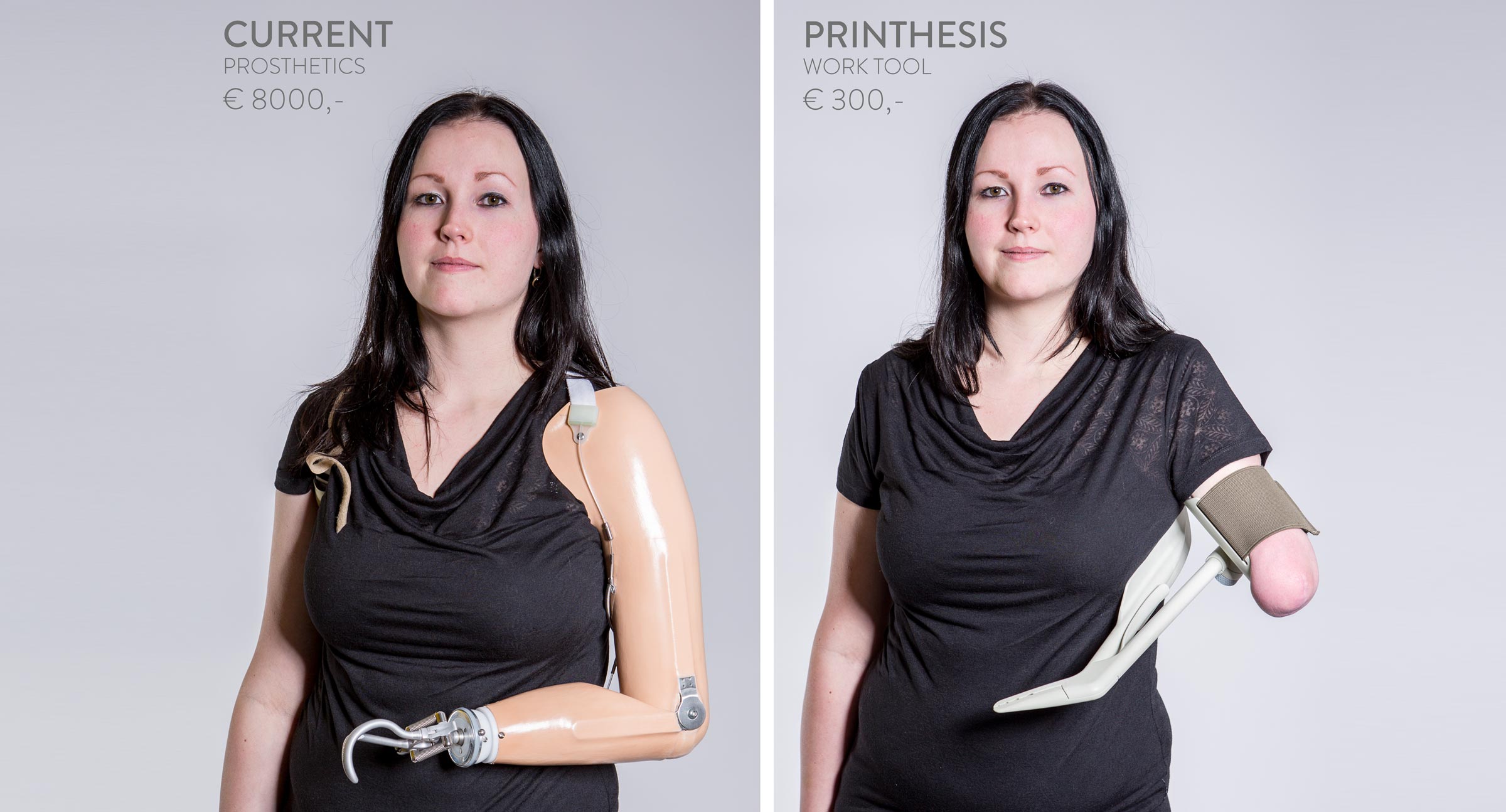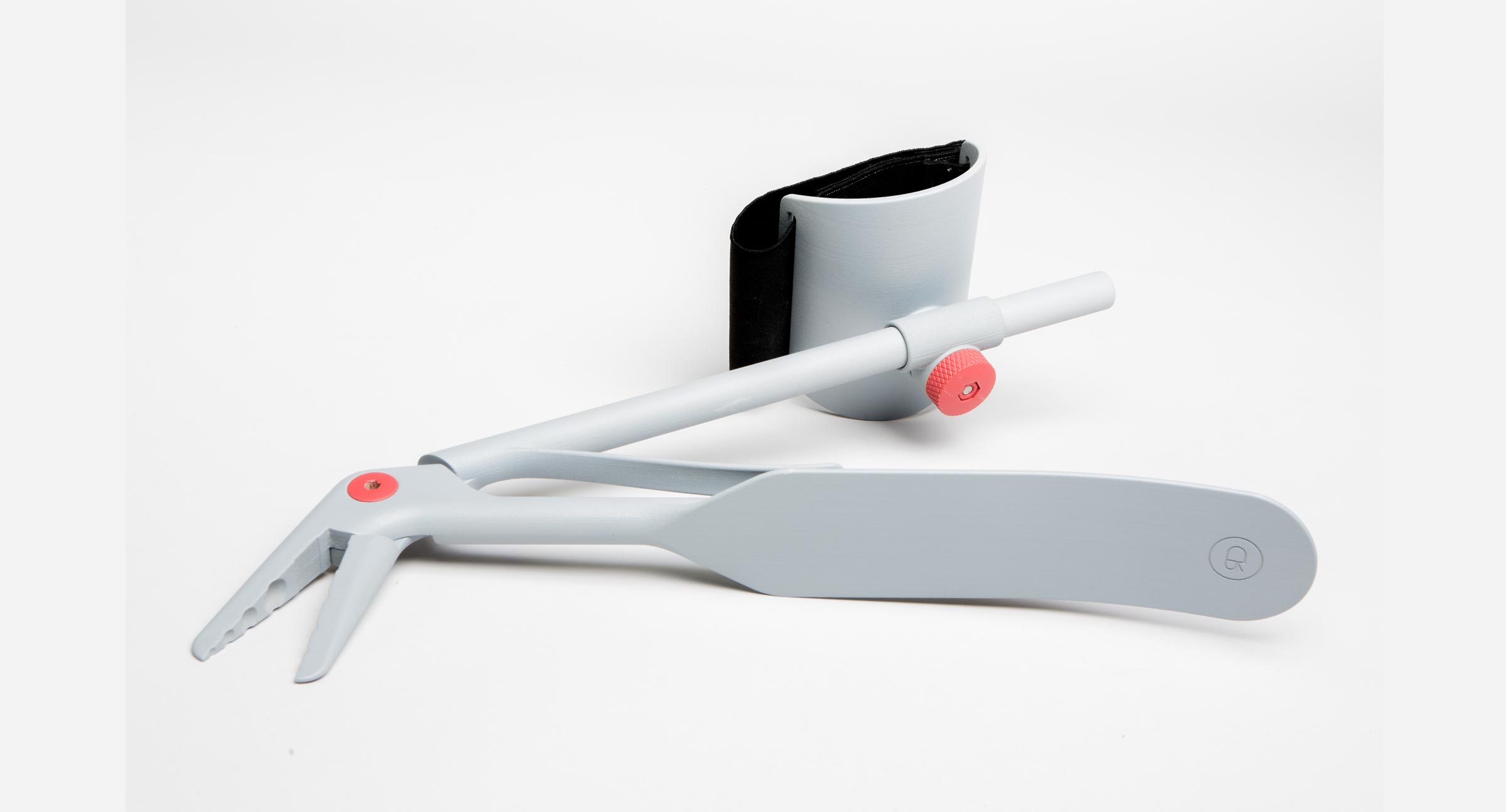Printhesis – Cheap, Lightweight and Comfortable 3D-Printed Prosthetics
Design Academy Eindhoven, The Netherlandswww.roeldeden.com
About Printhesis
When Lianne Scheepers lost her arm due to bone cancer, normal tasks became difficult for her. Her favorite activity was to create jewelry using metal wire and beads. She was prescribed an expensive prosthesis that cost about 8000 Euros and took 6 months to make because the production process is so labor intensive. This prosthesis, with a fiberglass socket and titanium parts, attached to her body with large bands around her shoulders. In the end she never used her prosthesis, because it seemed too heavy and uncomfortable. The springs in the hook made it difficult to estimate the amount of force being transferred to objects. Because she had had to wait so long for her prosthesis, she was already accustomed to her self-image without her arm. The arm shape and rubber hand provided by the prosthesis seemed unnecessary. She actually preferred to use a pair of small doctors’ pliers to assemble her jewelry pieces.This sparked the idea of a minimal and functional prosthesis. Using 3D printing to create small models, we decided the socket was not necessary and it made more sense to create a tool instead of a limb. This made the design much lighter. We tested sizes and functionality with full-scale 3D-printed prototypes. The result was a 300 Euro 3D-printable prosthesis that is comfortable enough to work with for long periods of time. Because the design is one-size-fits-all, it is easy and fast to create a custom Printhesis for any desired function. The modular nature of the tool makes it easy to adjust the length and angles of the pliers or replace a worn out part.
Jury Comments
In contrast to other finalists’ projects, this concept picks up on two important trends – prosthetic limbs and 3D printing – and combines them in a very meaningful way. The idea of using 3D printing to really personalize tools, in this case extremely specialized tools, in a much cheaper format seems like a perfect application of the technology. The result is a tailor made solution that does not cost much and fits the user’s needs. Who can better assess the needs of a disabled person than that person him- or herself? Enabling disabled persons to help create their own individualized solutions and have access to tools they could not afford before could be a huge breakthrough.Designer
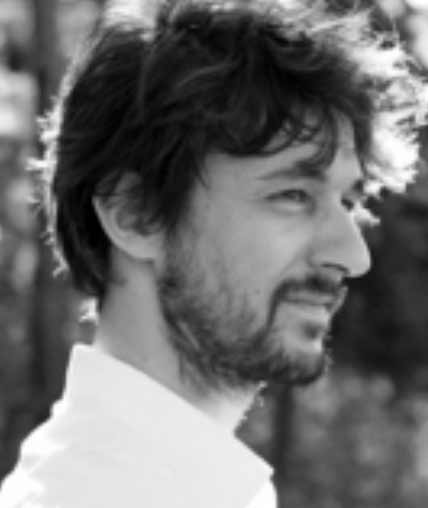
Roel Deden
Design Academy Eindhoven, The Netherlands Since 2012Expand vita
2009 – 2013 Design Academy Eindhoven, The Netherlands
2012 Internship Philips lighting Design Eindhoven
Since 2012 Studio Roel Deden
device = mobile

